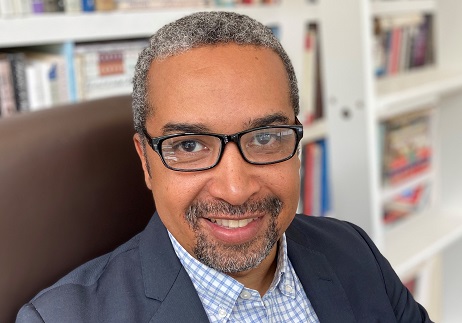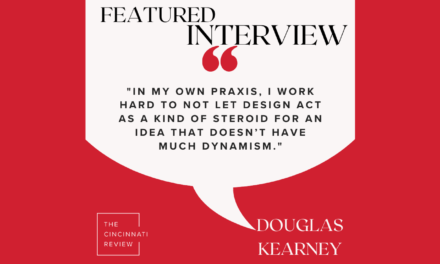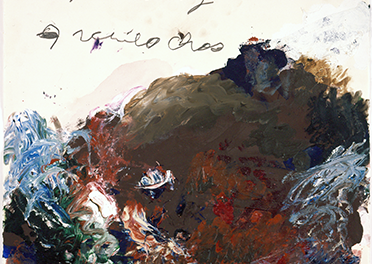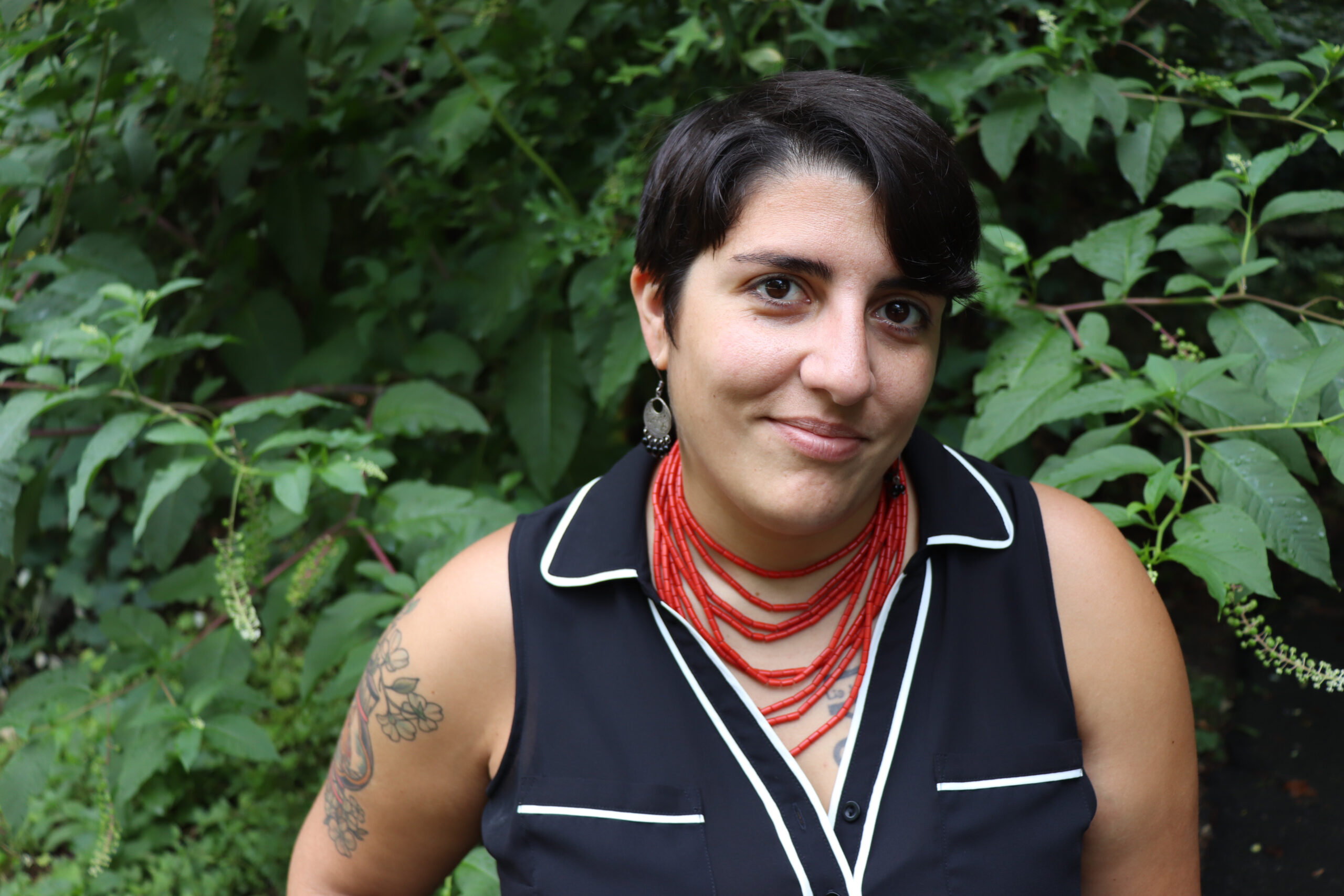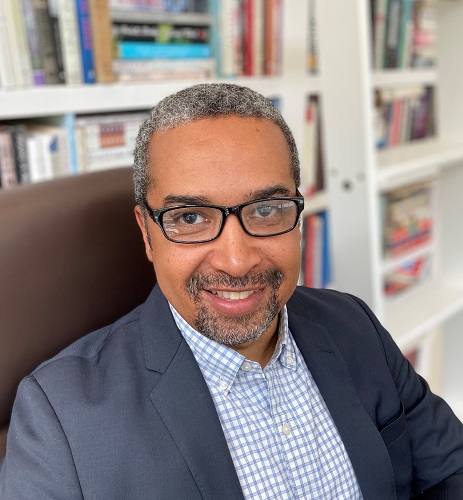
Associate Editor Taylor Byas interviews our Literary Nonfiction Guest Editor Jerald Walker about his love for literary nonfiction, his own approach to the genre, and what he would like to see in our submission queue:
I’ve familiarized myself with your impressive bio and see that you’ve written two memoirs and a collection of essays. As someone who wants to write more in this genre, I’m curious what initially brought you to literary nonfiction and what sustains your love for it.
My MFA is in fiction, and after completing my degree from the Iowa Writers’ Workshop in 1995 I labored for many, many years to publish short stories and novels without success. Finally, at my wife’s persistent urging, I tried my hand at creative nonfiction and it was like that scene in The Wizard of Oz where the world suddenly turns from drab black and white to dazzling color. My creative mind, it turns out, is wired to make art from fact, which is to say that I am much more adept at creating narratives out of existing material rather than constructing them from scratch. The late Iowa Writers’ Workshop Program Director Frank Conroy once said something that has remained with me through the years: “It is a most glorious thing when writers discover their voice.” In light of my career’s trajectory, I would make this addendum to Conroy’s pronouncement: “However, it may be the most glorious thing when writers discover their genre.”
I recently read your pieces “The Kaleshion” and “The Heart,” which were both published in Creative Nonfiction. I was taken with your storytelling and interested in your decisions to use the second and third person in those pieces, which created different amounts of distance from the narrator. So often, we think of nonfiction as being so close to the self, I was pleasantly surprised by these choices. I would love to know more about your own approach to literary nonfiction, and how you manage to balance telling the truth and telling an interesting and compelling narrative.
One of the things I try to stress to my students is that when writing “creative nonfiction,” as much if not more weight should be on the first word of that phrase. It has helped me tremendously, I think, to have been trained as a fiction writer, for I’m quick to use all the tools at the fiction writer’s disposal, including character development, dialogue, point of view, voice, and plot. Truth alone is rarely enough to produce or sustain compelling narratives. More often than not, when I assign readings for my nonfiction students, I assign short stories and novels so that they can study the art and craft of storytelling.
Now that we know a little more about you, I’m sure your future submitters are dying to know what they should send your way. What are you looking for in the submission queue? What makes a successful piece of literary nonfiction to you?
No particular topic excites me more than another. For me, the mastery of craft reigns supreme. How successfully, in other words, has the writer employed various strategies to make me interested in what they have to say? Also, I’m partial to essays in which the writer is in the process of acquiring wisdom rather than dispensing it. I enjoy seeing writers thinking and learning on the page as they work through some dilemma, conflict, or pressing question.
Along with two memoirs, Jerald Walker is the author of How to Make a Slave and Other Essays (Mad Creek Books/The Ohio State University Press, 2020), a finalist for the 2020 National Book Award in Nonfiction and winner of the 2020 Massachusetts Book Award in Nonfiction. His work has appeared in publications such as the Harvard Review, Creative Nonfiction, the Iowa Review, and Mother Jones, and it has been widely anthologized, including five times in The Best American Essays series. Recipient of fellowships from the Guggenheim Foundation, the National Endowment for the Arts, and the James Michener Foundation, Walker is a professor of creative writing at Emerson College.

